Treating Walnut Bunch Disease: Bunch Disease In Walnut Trees

Walnut bunch disease affects not only walnuts but a number of other trees, including pecan and hickory. The disease is particularly destructive for Japanese heartnuts and butternuts. Experts believe the disease is spread from tree to tree by aphids and other sap-sucking insects, and pathogens can also be transmitted through grafts. Read on for helpful information regarding symptoms of bunch disease and bunch disease treatment.
Bunch Disease in Walnut Trees
Bunch disease in walnut trees is characterized by stunted leaves and deformed stems. Clusters of fast-growing, wiry shoots take on a bushy, “witches’ broom” appearance when lateral buds produce growth instead of remaining dormant. Symptoms of bunch disease also include growth that appears earlier in spring and extends later into fall; thus, trees lack cold-hardiness and are highly susceptible to damage in winter. Wood is weakened and prone to wind damage. Walnut production is affected, and the few walnuts that appear have a shriveled appearance. The nuts often fall from the tree prematurely. Symptoms of bunch disease may be limited to a few branches, or may be more widespread. Although walnut bunch disease is extremely destructive, infection tends to spread slowly.
Bunch Disease Treatment
To control walnut bunch disease, prune out infected growth as soon as it is spotted – usually in spring. Make each cut well below the affected area. To prevent spread, be sure to sterilize cutting tools before and after use. Rake up debris after pruning, and destroy it properly. Never compost or mulch affected twigs or branches. If the damage is extensive or located on the base of the tree, remove the entire tree and kill the roots to prevent spread to nearby trees. Thus far, no chemical control has been recommended for bunch disease in walnut trees. However, healthy, well-maintained trees tend to be more disease-resistant.
Gardening tips, videos, info and more delivered right to your inbox!
Sign up for the Gardening Know How newsletter today and receive a free copy of our e-book "How to Grow Delicious Tomatoes".

A Credentialed Garden Writer, Mary H. Dyer was with Gardening Know How in the very beginning, publishing articles as early as 2007.
-
 Looking For Plants To Give You The Soft And Fuzzies? Try These 5 Fuzzy Leaf Plant Options
Looking For Plants To Give You The Soft And Fuzzies? Try These 5 Fuzzy Leaf Plant OptionsLovers of texture, drama, silver foliage and tactile plants will adore these special sensory garden additions. These fuzzy leaf plant options will leave you all aglow
By Susan Albert
-
 Get Ready For A Summer Of Hummers! Grow These Full Sun Hummingbird Plants and Flowers
Get Ready For A Summer Of Hummers! Grow These Full Sun Hummingbird Plants and FlowersIf you’re lucky enough to enjoy a sunny backyard, make sure you are maxing out on your pollinator opportunities and grow these full sun hummingbird plants and flowers
By Tonya Barnett
-
 Butternut Harvesting: How To Harvest Butternut Trees
Butternut Harvesting: How To Harvest Butternut TreesAn underutilized nut, the butternut, is a hard nut that is as large as a pecan. If you are lucky enough to have one of these gorgeous white walnut trees, you may be wondering when and how to harvest butternut trees? This article can help with that.
By Amy Grant
-
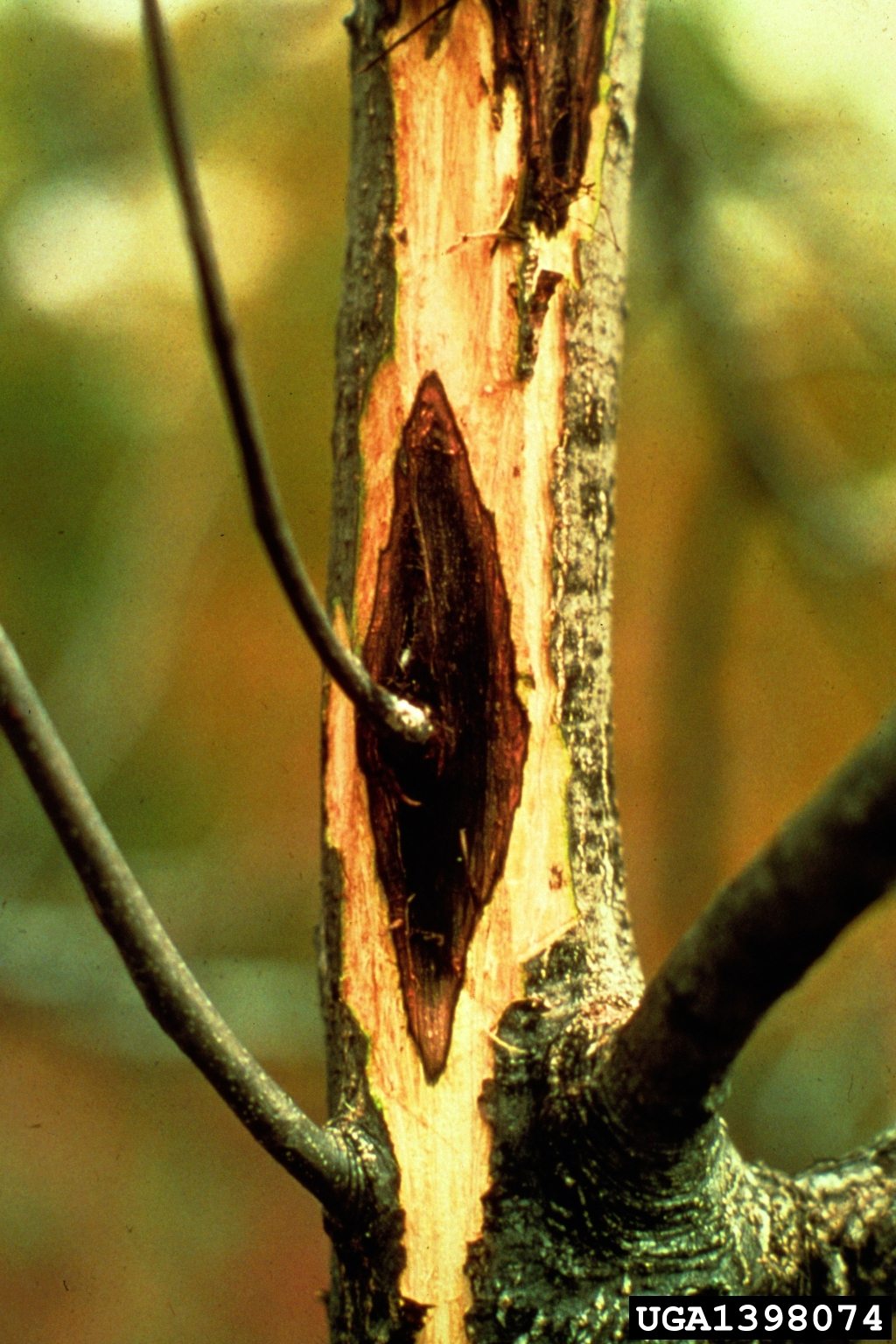 Canker In Butternut Trees: Learn How To Treat Butternut Canker
Canker In Butternut Trees: Learn How To Treat Butternut CankerButternut trees are treasures that add grace and beauty to the landscape, but butternut canker disease ruins the appearance of the tree, and it is almost always fatal. Find out about preventing and treating butternut canker in this article.
By Jackie Carroll
-
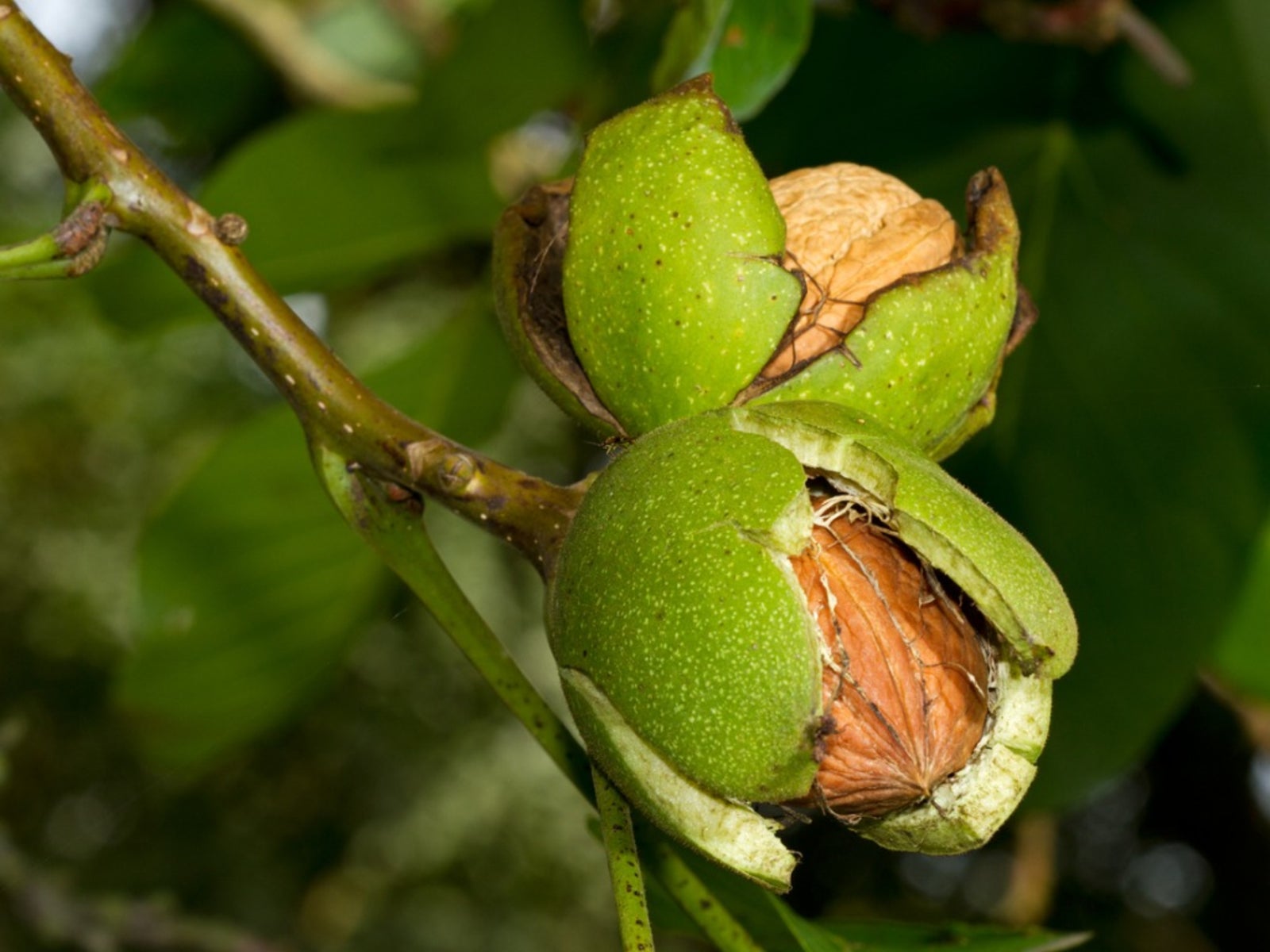 Fusarium Canker In Walnuts – Learn About Treating Fusarium Canker Disease on Walnut Trees
Fusarium Canker In Walnuts – Learn About Treating Fusarium Canker Disease on Walnut TreesWalnut trees grow quickly, and before you know it, you have cool shade and a bounty of nuts. You may also have cankers that can kill the tree. Find out about fusarium canker in walnuts in this article. Click here to learn more.
By Jackie Carroll
-
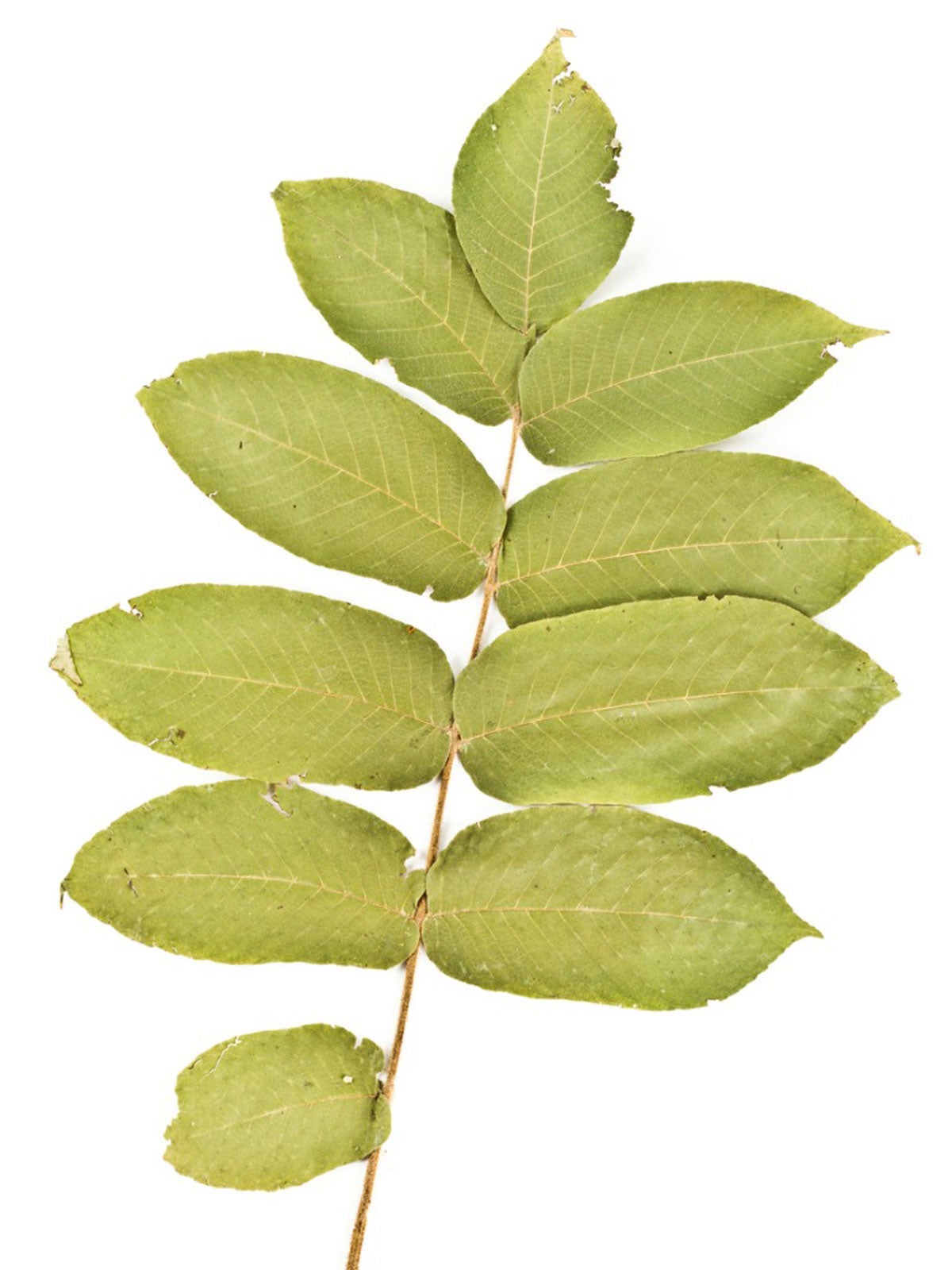 Is Growing Butternuts Possible: Information About White Walnut Trees
Is Growing Butternuts Possible: Information About White Walnut TreesWhat are butternuts? No, don't think squash, think trees. Butternut is a species of walnut tree and the nuts that grow on these wild trees are easy to process and delicious to eat. For more butternut tree information, click this article.
By Teo Spengler
-
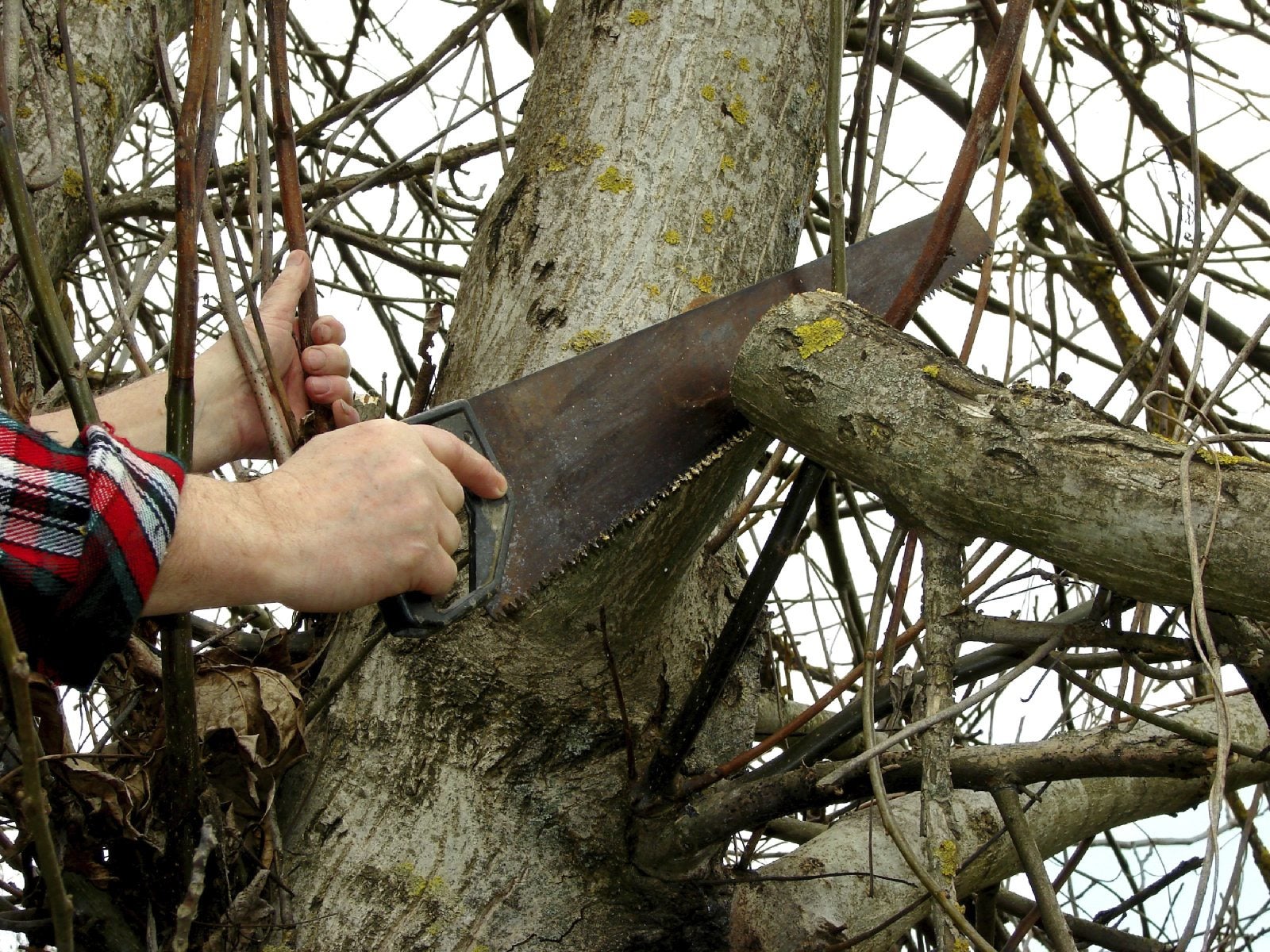 Trimming A Walnut Tree: How To Prune Walnut Trees Properly
Trimming A Walnut Tree: How To Prune Walnut Trees ProperlyWalnut tree pruning is important for the tree's health, structure and productivity. Walnut trees make nice shade trees, are excellent timber specimens, and produce delicious nuts. Click this article to learn how to prune a walnut tree.
By Karen Boness
-
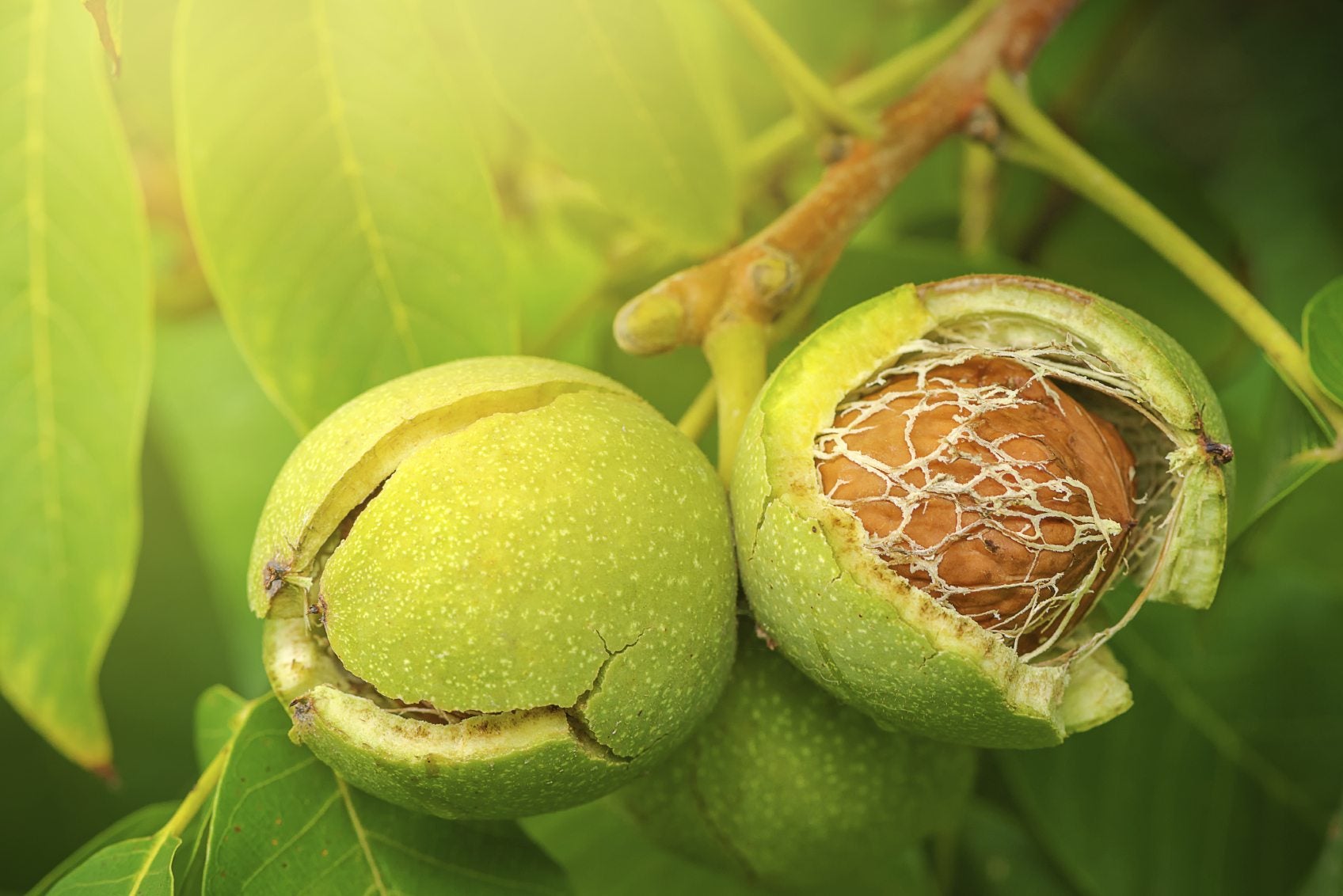 Walnut Tree Harvesting: When Are Walnuts Ready To Pick
Walnut Tree Harvesting: When Are Walnuts Ready To PickWalnuts are high in protein and delicious! What better reason to grow your own? The question is, when are walnuts ready to pick and what is the best way to pick walnuts? This article will help with harvesting walnuts.
By Amy Grant
-
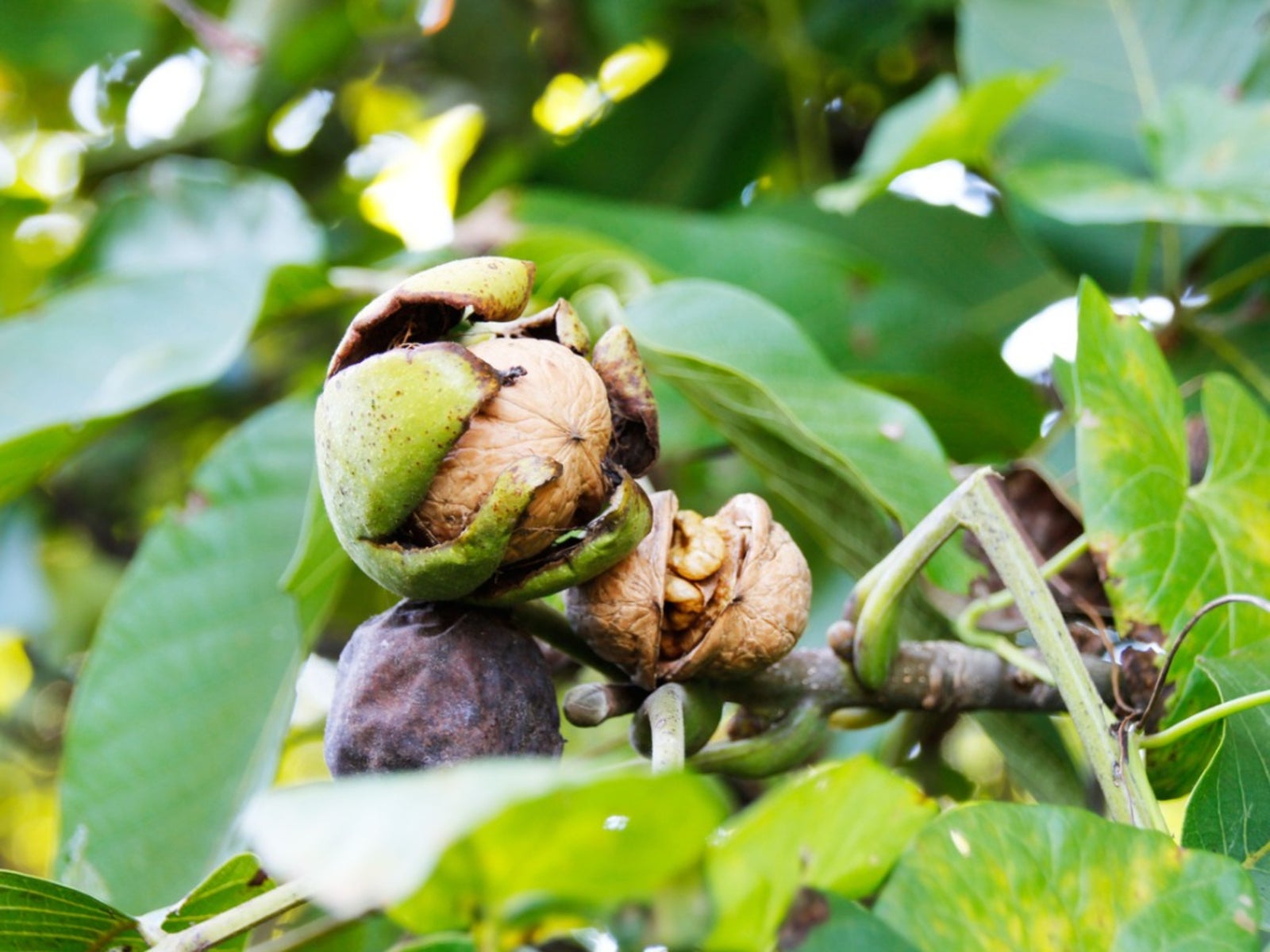 Planting Walnut Trees: Tips and Information On Growing Walnuts
Planting Walnut Trees: Tips and Information On Growing WalnutsWalnut trees produce not only a delicious, nutritious nut but also provide shade in the landscape with their large, arching limbs. Learn how to grow walnuts in this article.
By Amy Grant